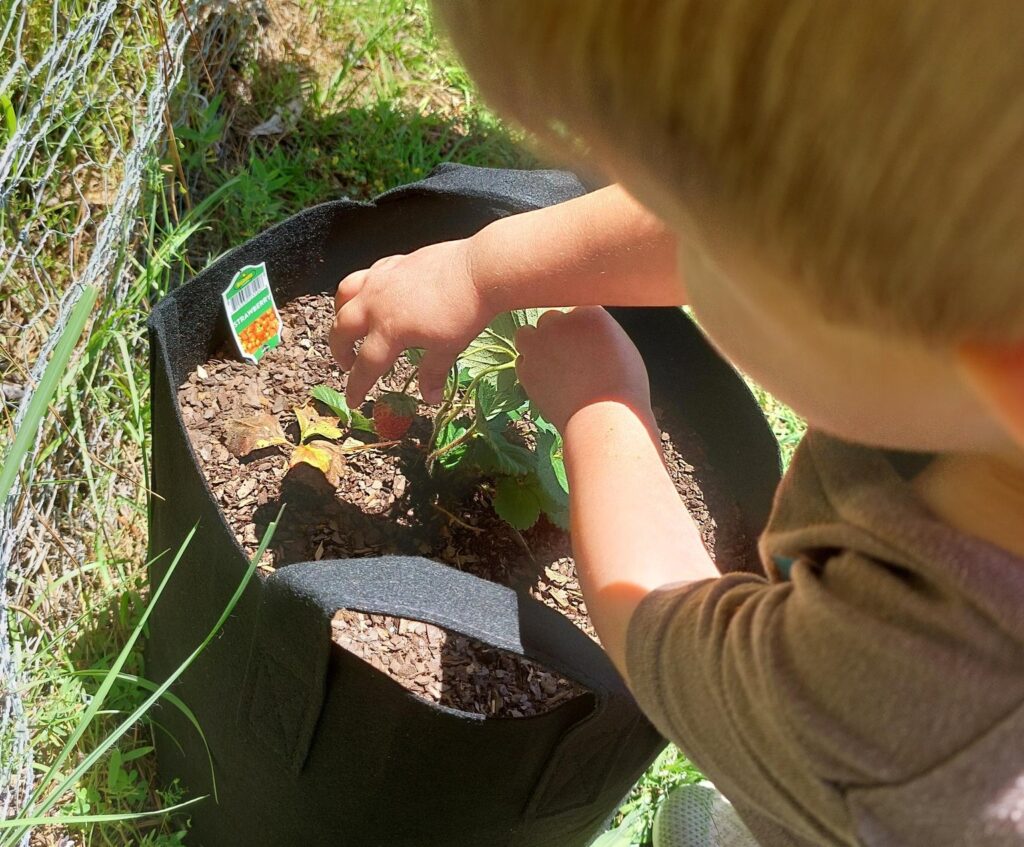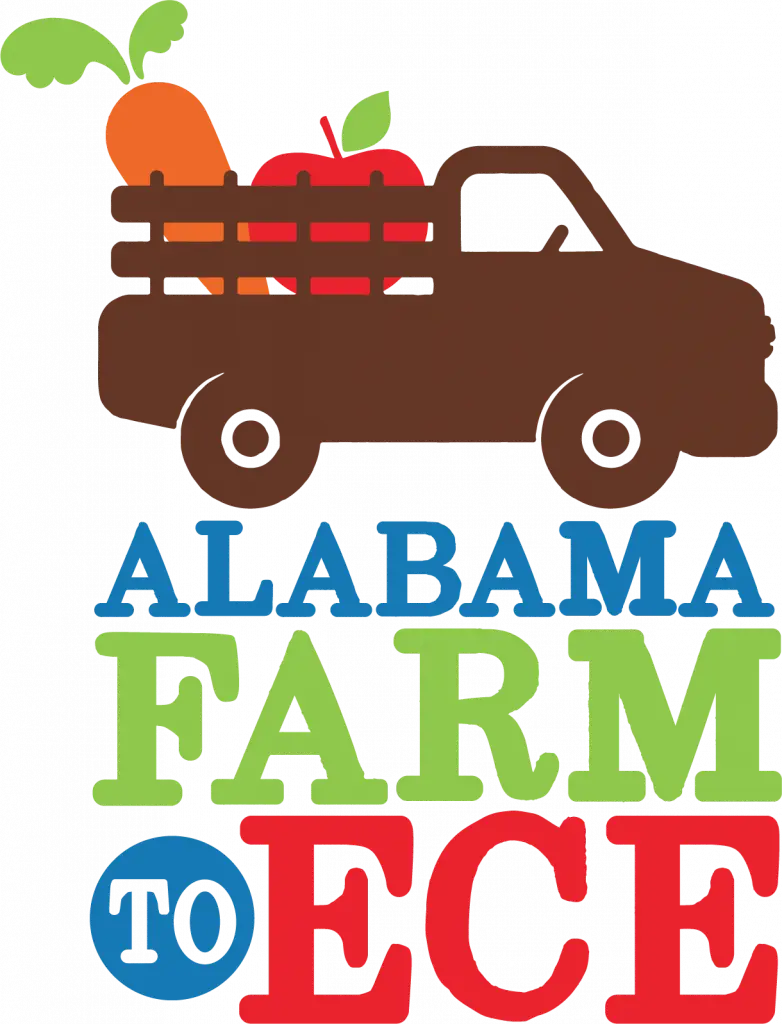Written by Casey Willis, AL Healthy Kids, Healthy Future Facilitator at the Alabama Partnership for Children
Springtime in Alabama brings a burst of life to garden space, and there’s no better time to bring young children into the garden to learn, explore, and create. For early childhood educators, gardening offers rich, hands-on experiences that nurture curiosity, responsibility, and healthy habits. And guess what? You don’t even need a kitchen to turn these garden moments into snack-time fun.
With no-cook recipes and fresh ingredients from your early childcare garden, you can help children explore new tastes and textures while practicing important skills like measuring, spreading, cutting (with supervision), and even storytelling around food. Since these are no-cook recipes, childcare providers can set up stations at small tables or on blankets outside, close to their gardens. If all garden items aren’t grown in your garden, feel free to bring in ingredients from the farmer’s market or local grocery store.
Here are some simple, safe, and fun no-cook garden activities perfect for May in Alabama:
🌿 Cucumber and Herb Roll-Ups
Garden Ingredients: Cucumbers, dill, mint, green onions
Additional Ingredients: Cream Cheese
Activity:
- Let children pick cucumbers and herbs from the garden
- Use a child-safe peeler to create long ribbons of cucumber
- Have children mix cream cheese with chopped herbs using kid-sized utensils.
Help them spread the mixture and roll up the cucumber slices.
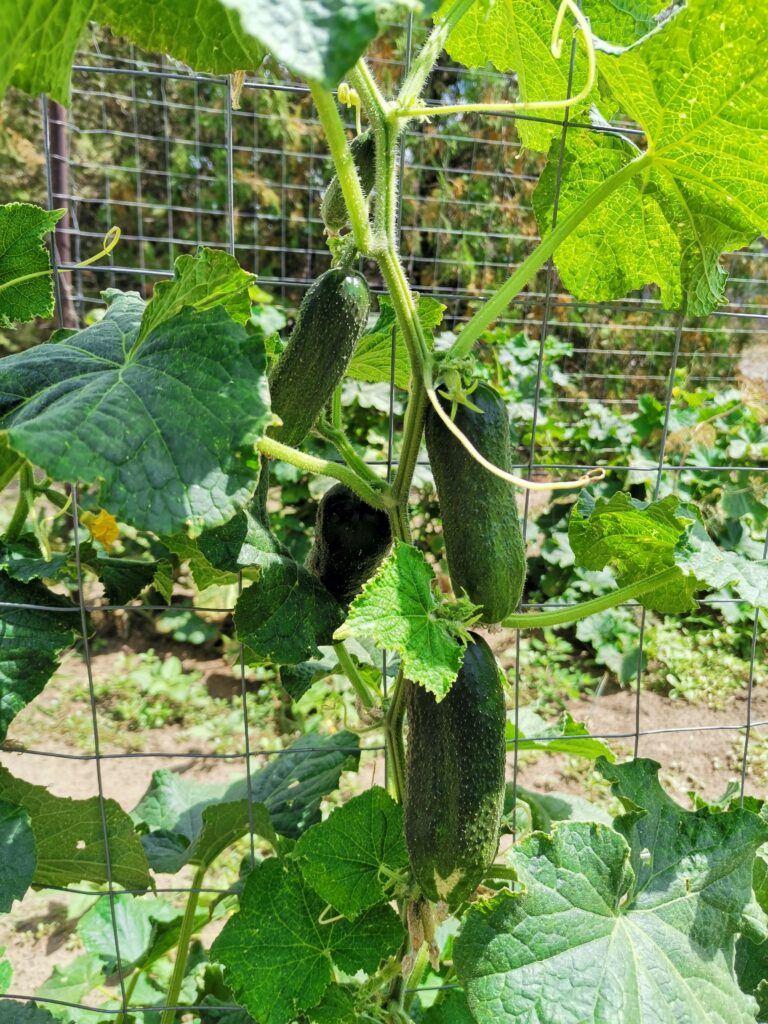
Learning Opportunities:
This activity encourages sensory exploration as children feel the textures and smell the scents of fresh cucumbers and herbs. It helps develop fine motor skills through actions like peeling cucumbers, mixing ingredients, and spreading cream cheese. Children are introduced to new tastes as they sample different herbs such as dill and mint. The activity also opens discussions about plant parts, allowing children to learn where each ingredient comes from and how it grows.
🍓 Strawberry and Basil Snack Cups
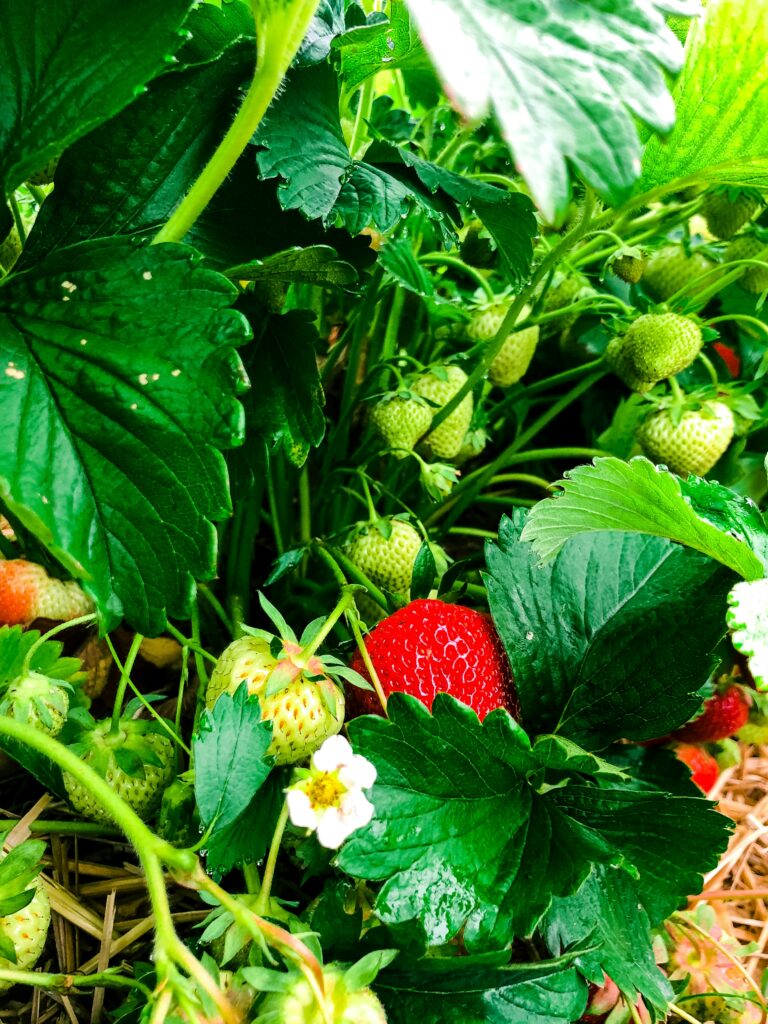
Garden Ingredients: Strawberries, basil
Additional Ingredients: Honey, Lemon Juice
Activity:
- Invite children to harvest strawberries (Find locally-grown strawberries at U-Pick strawberry farms, local farmers, or locally owned grocery stores. Consider inviting families to participate.)
- Have children pick basil leaves
Allow children to drizzle a tiny bit of honey or lemon juice for flavor and to their liking.
Learning Opportunities:
Children engage in taste testing as they explore the different flavors of fresh strawberries, basil, honey, and lemon juice. They practice plant identification by recognizing and naming the strawberries and basil they harvested. This activity supports early food preparation routines as children help with washing, tearing basil leaves, and adding simple ingredients. It also introduces them to the concept of flavors, allowing them to compare sweet and sour tastes in a fun and meaningful way.
🥬 Garden Pocket Picnic
Garden Ingredients: Lettuce, cherry tomatoes, radishes, snap peas
Additional Ingredients: Pita pockets, hummus, herbs
Activity:
- Take a walk around the garden and harvest what’s ready.
- Allow children to help wash and prep veggies.
Offer pita pockets or large lettuce leaves for children to build their own “garden pockets” using hummus, sliced veggies, and herbs.
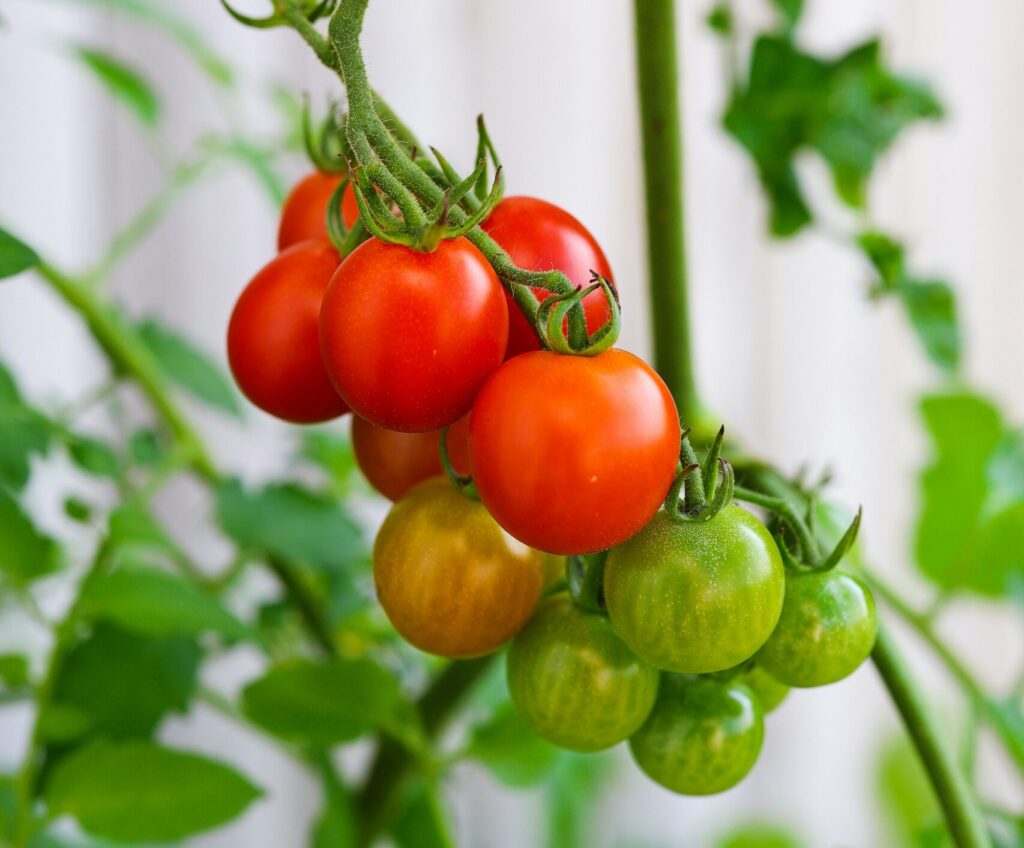
Learning Opportunities:
This activity promotes independence as children take part in harvesting, washing, and assembling their own garden pockets. It supports decision-making as they decide which vegetables and herbs to include in their pita or lettuce wrap. The experience also encourages the development of lifelong healthy eating habits in a fun and hands-on way.
Educators can guide conversations about nutrition by discussing how each ingredient helps our bodies grow and stay healthy.
Here are some nutritional facts that early care providers can share with children about these ingredients:
- Lettuce:
A source of water and fiber, helping keep children hydrated and supporting digestion. Darker leafy varieties also provide small amounts of vitamins A and K.
- Cherry Tomatoes:
Rich in vitamin C, which supports the immune system and helps the body absorb iron. Also contain vitamin A for healthy vision and skin.
- Radishes:
Contain antioxidants and are a source of vitamin C and fiber. Their crunchy texture also supports oral motor development.
- Snap Peas:
High in fiber and vitamin C and contain some vitamin A and iron. They provide a sweet, crunchy bite that’s fun for kids to eat.
- Pita Pockets (Whole Grain):
Provide carbohydrates for energy and fiber for digestive health. Whole grain options also contribute B vitamins and iron.
- Hummus:
Made from chickpeas, it offers plant-based protein and healthy fats. It’s also a good source of iron, folate, and fiber—important for energy, brain development, and digestion.
- Herbs (like parsley, cilantro, mint):
Offer small amounts of vitamins A, C, and K, and add flavor without added sugar or salt—helping children appreciate fresh, natural tastes.
💧 Garden Herb Water Station
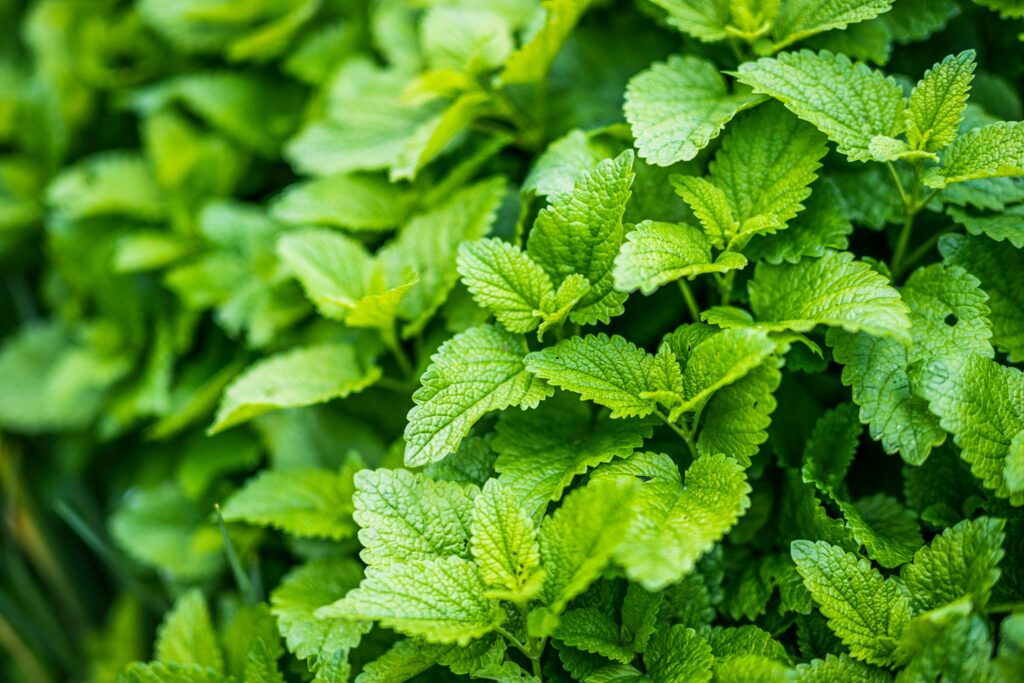
Garden Ingredients: Mint, lemon balm, cucumber
Additional Ingredients: Water
Activity:
- Have children gather mint or lemon balm and slice cucumbers with child safe utensils.
- Let children add ingredients to a pitcher of cold water and let children watch the infusion process.
- Serve in small cups.
Learning Opportunities:
Children learn about the importance of staying hydrated by preparing and enjoying a refreshing drink made from water and garden ingredients. They explore herbal scents as they handle fresh mint and lemon balm, engaging their sense of smell in a natural and calming way. Working together to gather, prepare, and mix the ingredients encourages collaboration and shared responsibility. This activity also introduces science concepts such as infusion, where children observe how the flavors and scents slowly change the water over time, building their understanding of cause and effect.
🥑 Tomato & Avocado Lettuce Boats
Garden Ingredients: Lettuce, tomatoes
Additional Ingredients: Avocado, seasonings
Activity:
- Let children pick large leaves of lettuce and tomatoes.
- Help them slice tomatoes and avocado with child-safe utensils, then let them scoop and layer the ingredients into lettuce leaves.
Encourage them to describe what they see, smell, and taste.

Learning Opportunities:
This activity supports the development of descriptive language as children are encouraged to talk about the colors, textures, smells, and tastes of the fresh ingredients. It also strengthens fine motor skills as they use child-safe utensils to slice and scoop tomatoes and avocado. As children handle and layer the ingredients, they explore a variety of textures—from the smoothness of avocado to the juiciness of tomatoes—and observe vibrant natural colors, promoting sensory awareness and curiosity.
Setting Up for Success:
- Use child-safe tools: Think plastic knives, kid-friendly graters, and spreaders.
- Create garden stations: Washing, chopping, assembling—each with a job for little hands. Prepare ahead what children won’t be prepping as a station.
- Focus on process over product: It’s okay if the snacks are a little messy. The goal is joyful engagement.
- Incorporate stories: Read garden-themed books before or after snack time to connect literacy to real-life experiences.
No-cook garden recipes are a perfect way to connect children to where their food comes from, while supporting early development in language, sensory exploration, and healthy eating. In May, Alabama gardens offer a rainbow of possibilities just waiting to be picked, tasted, and enjoyed. So get outside and invite your little ones to become chefs of the garden. You’ll be amazed at what they can do—no stove required!
